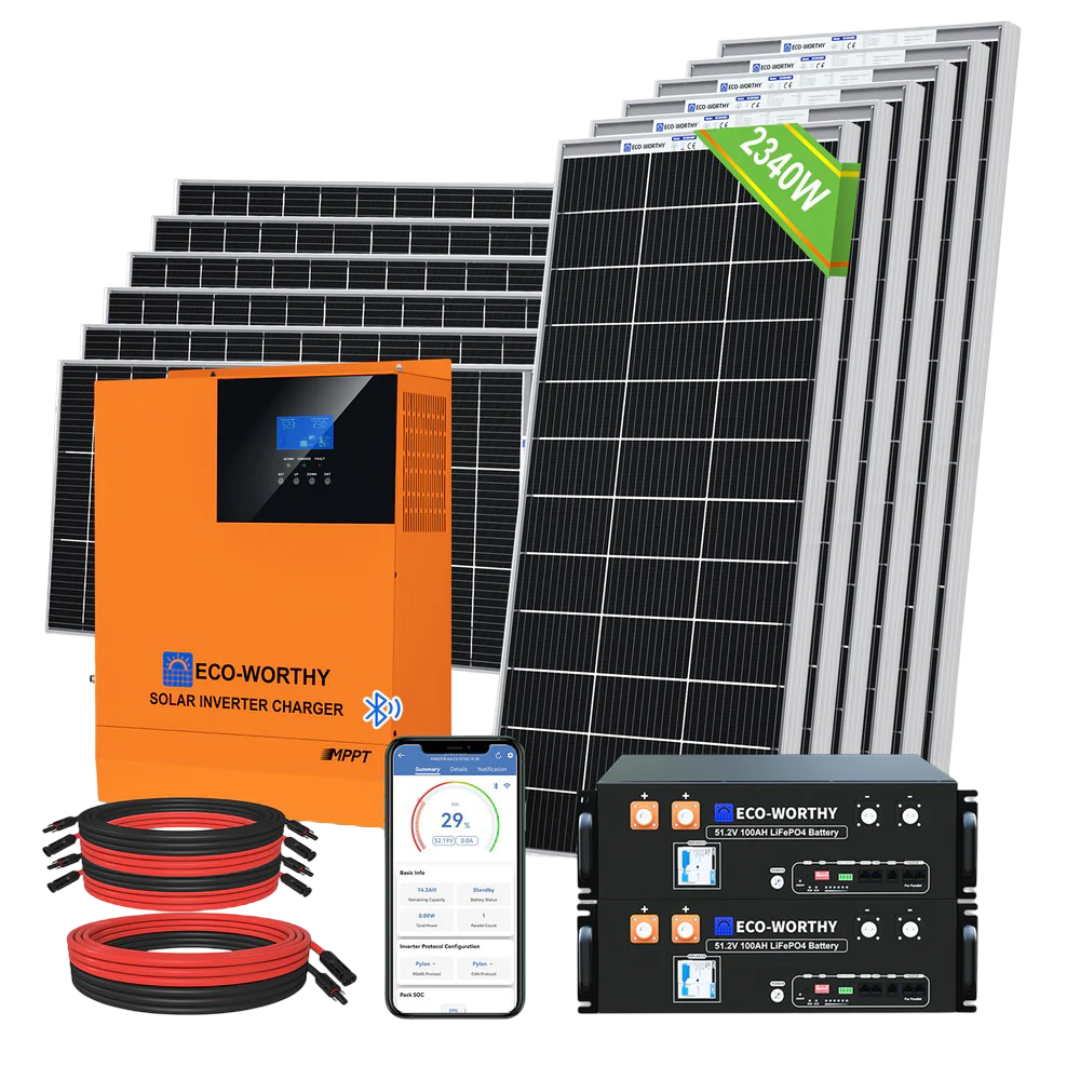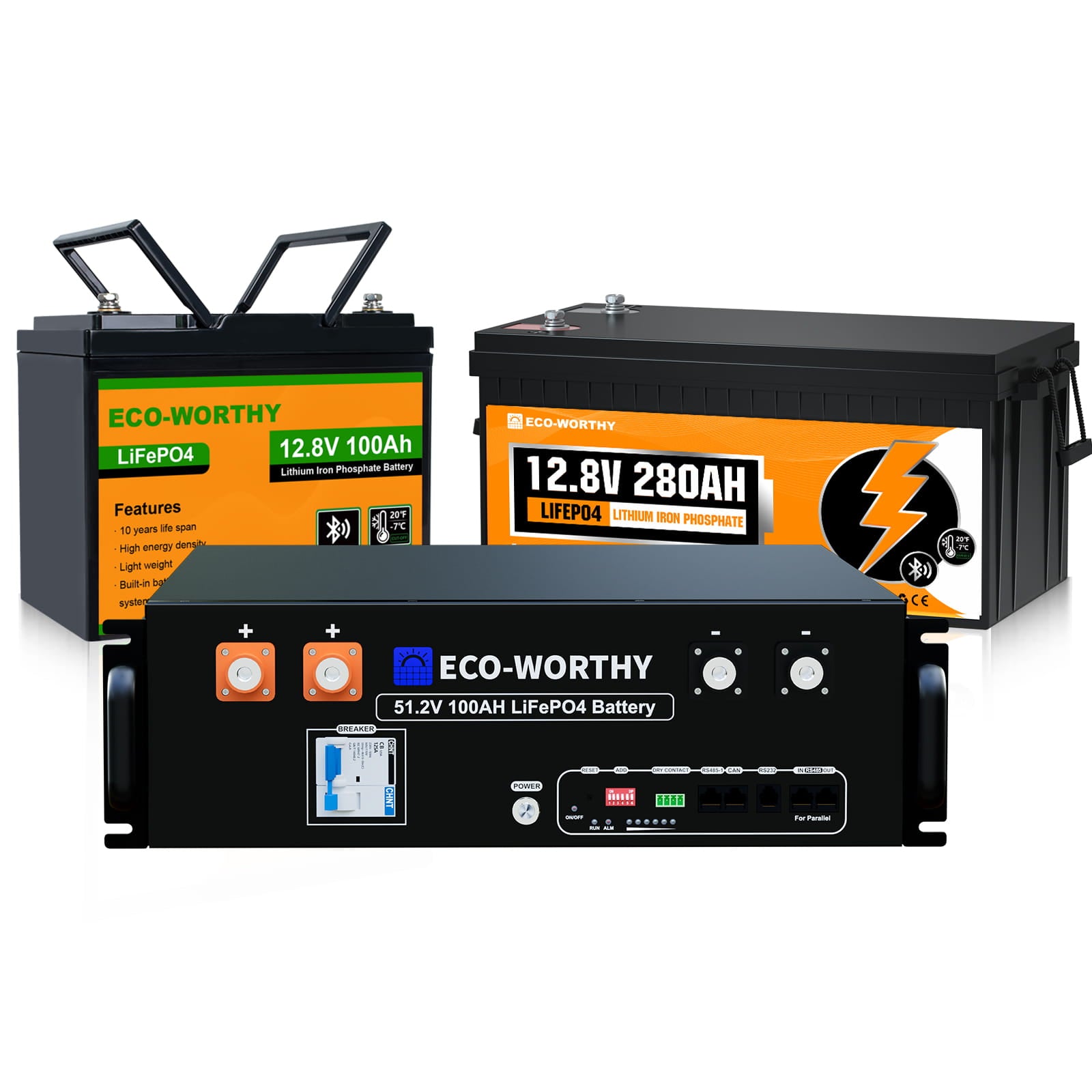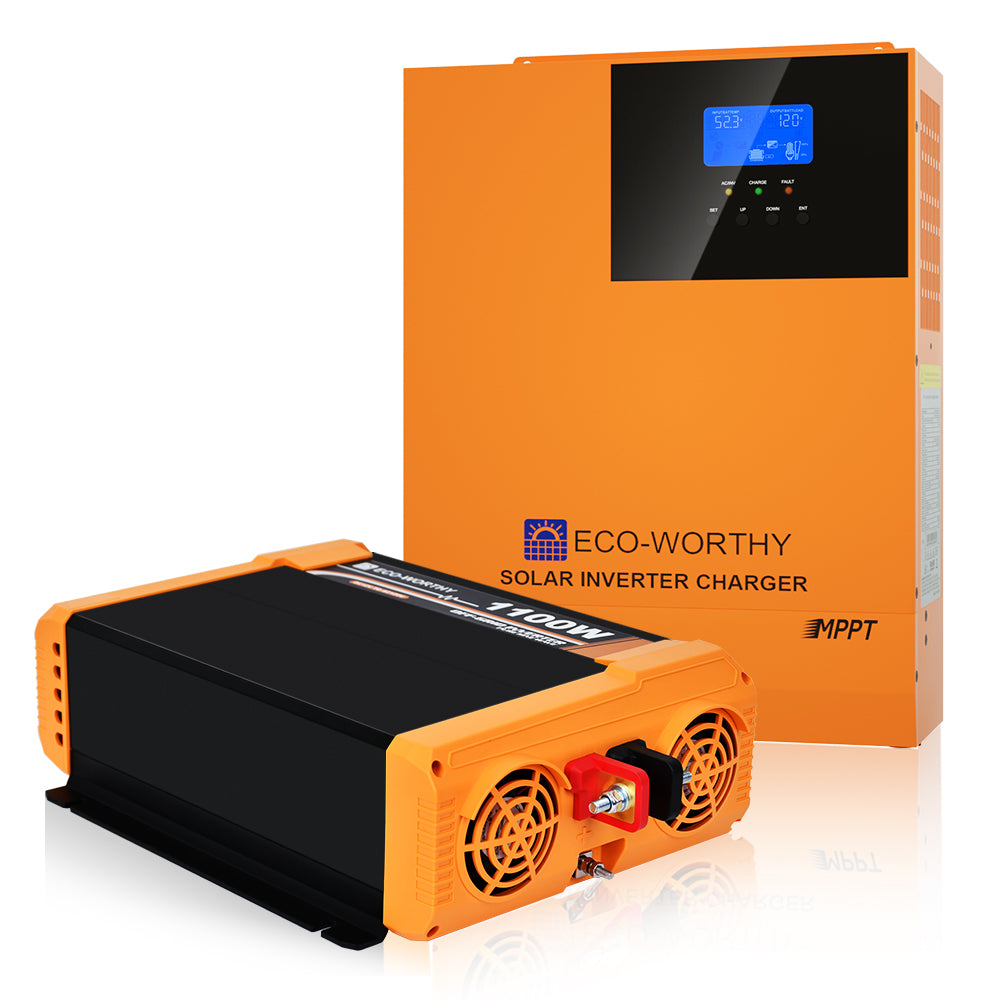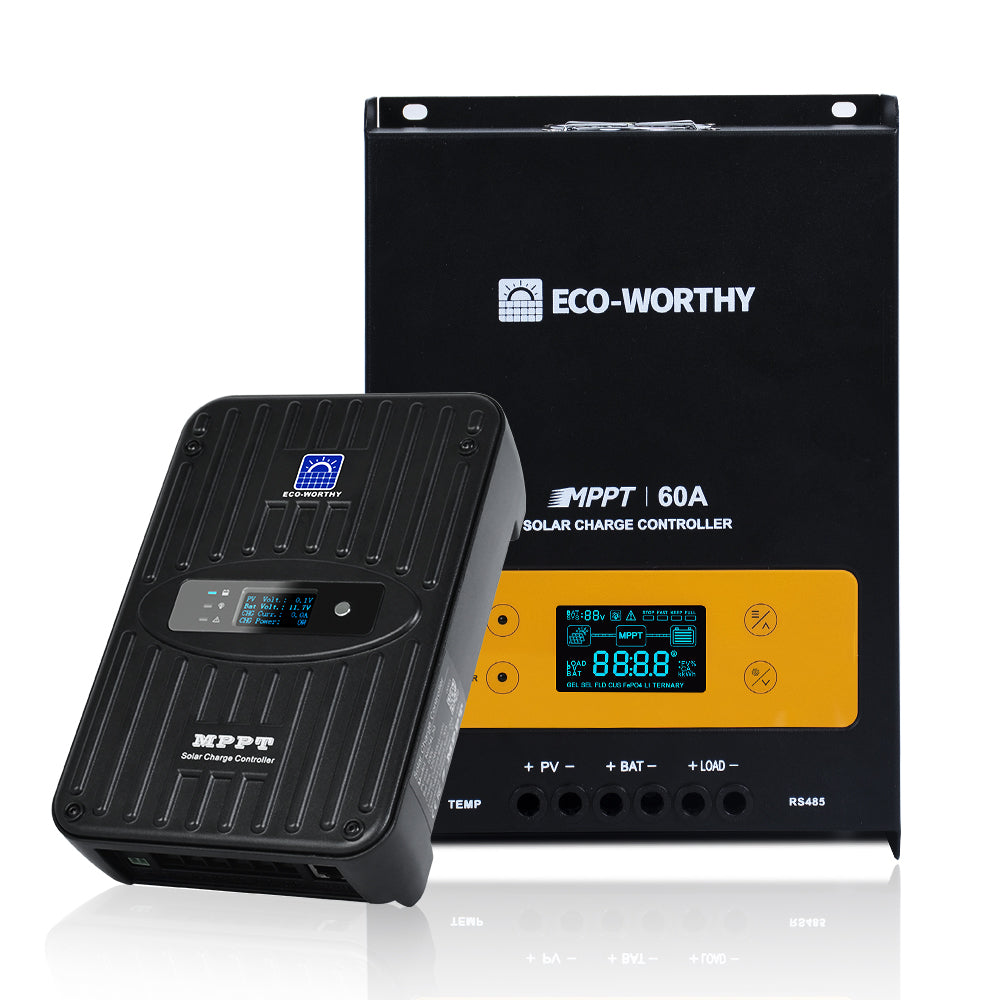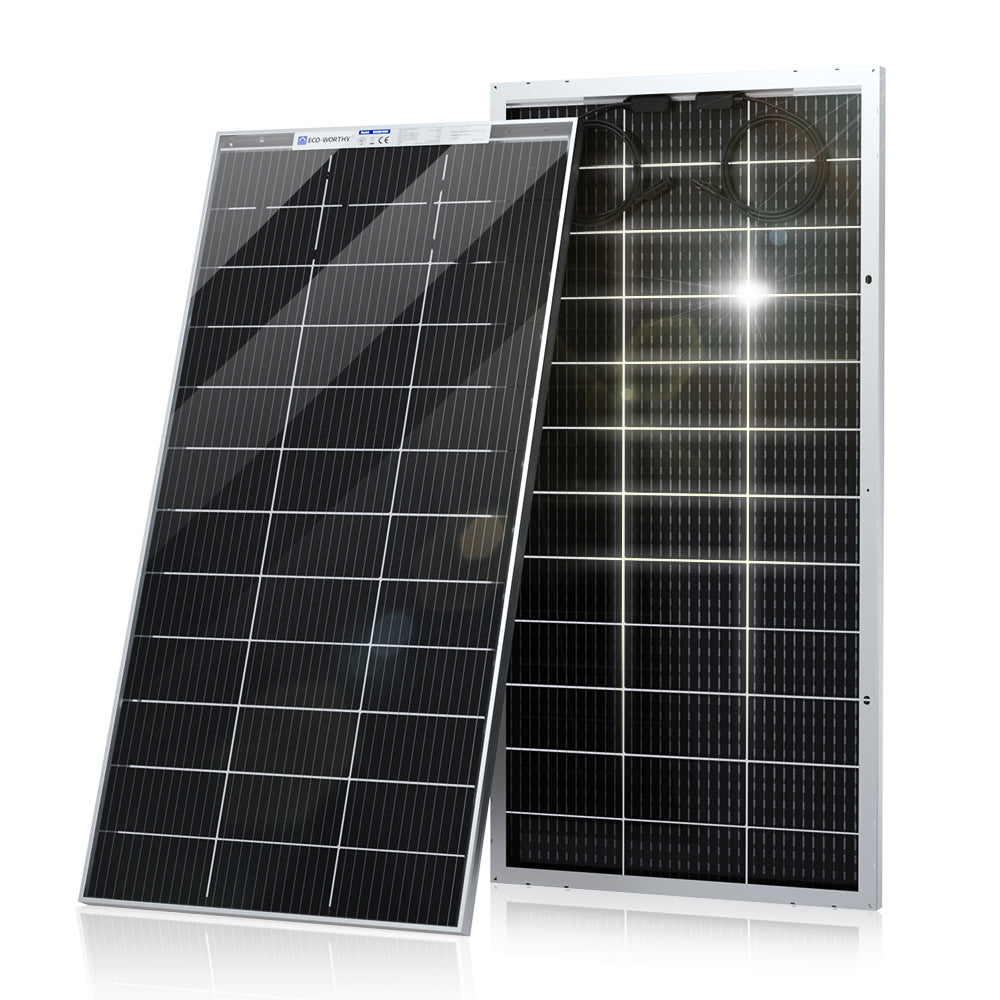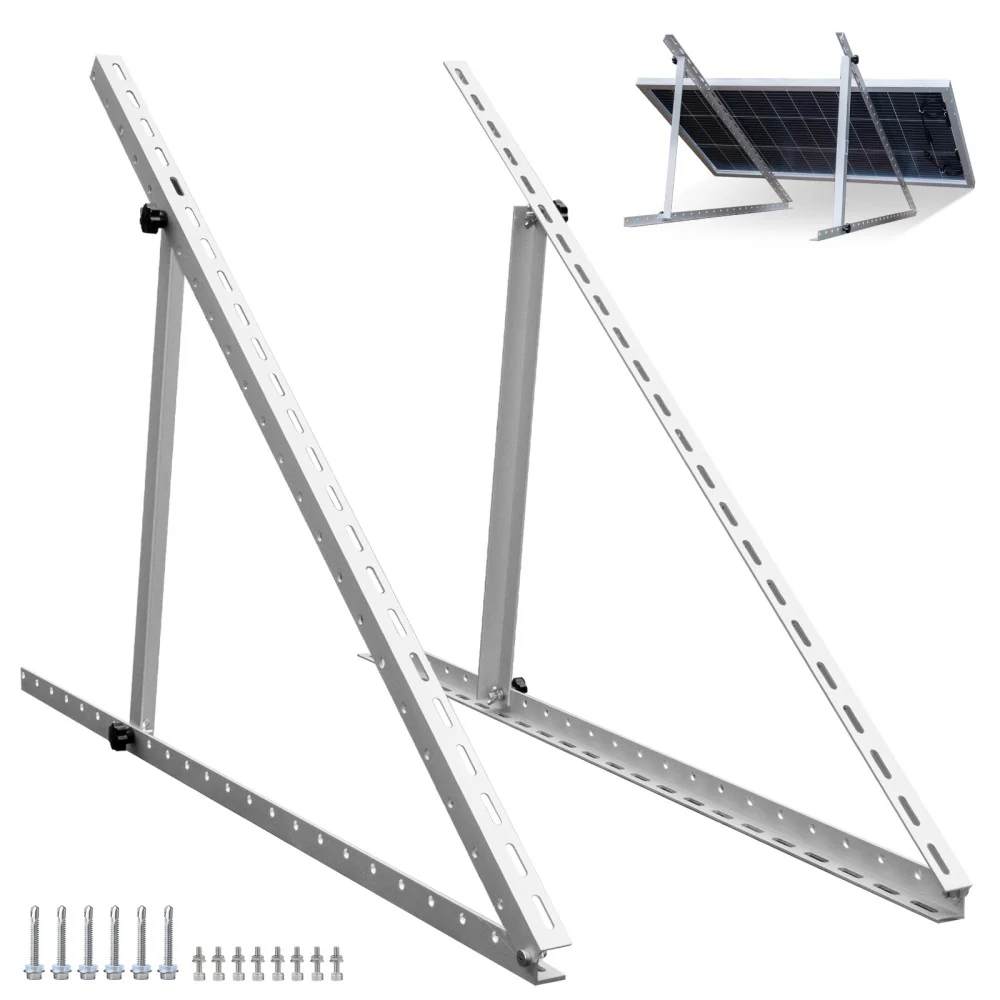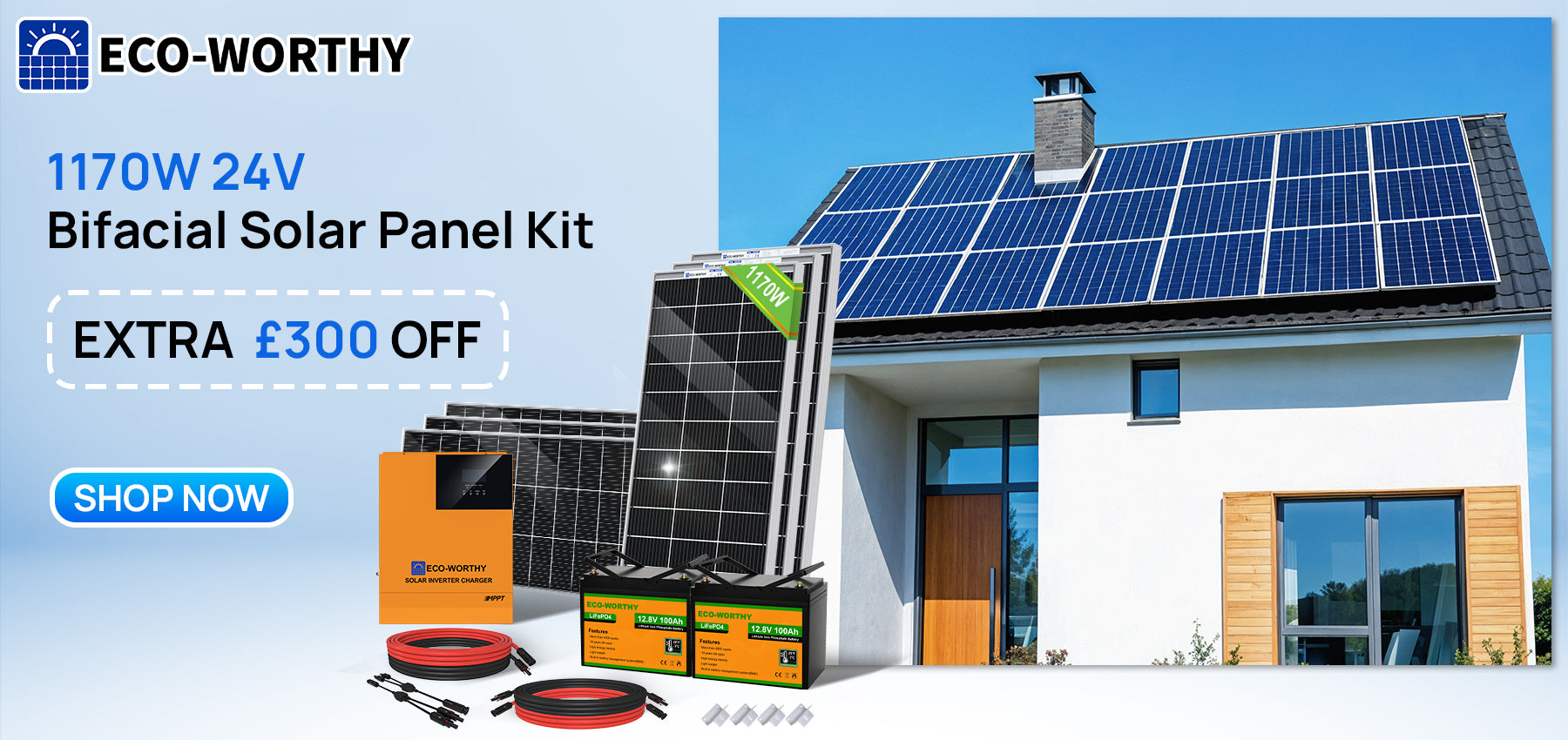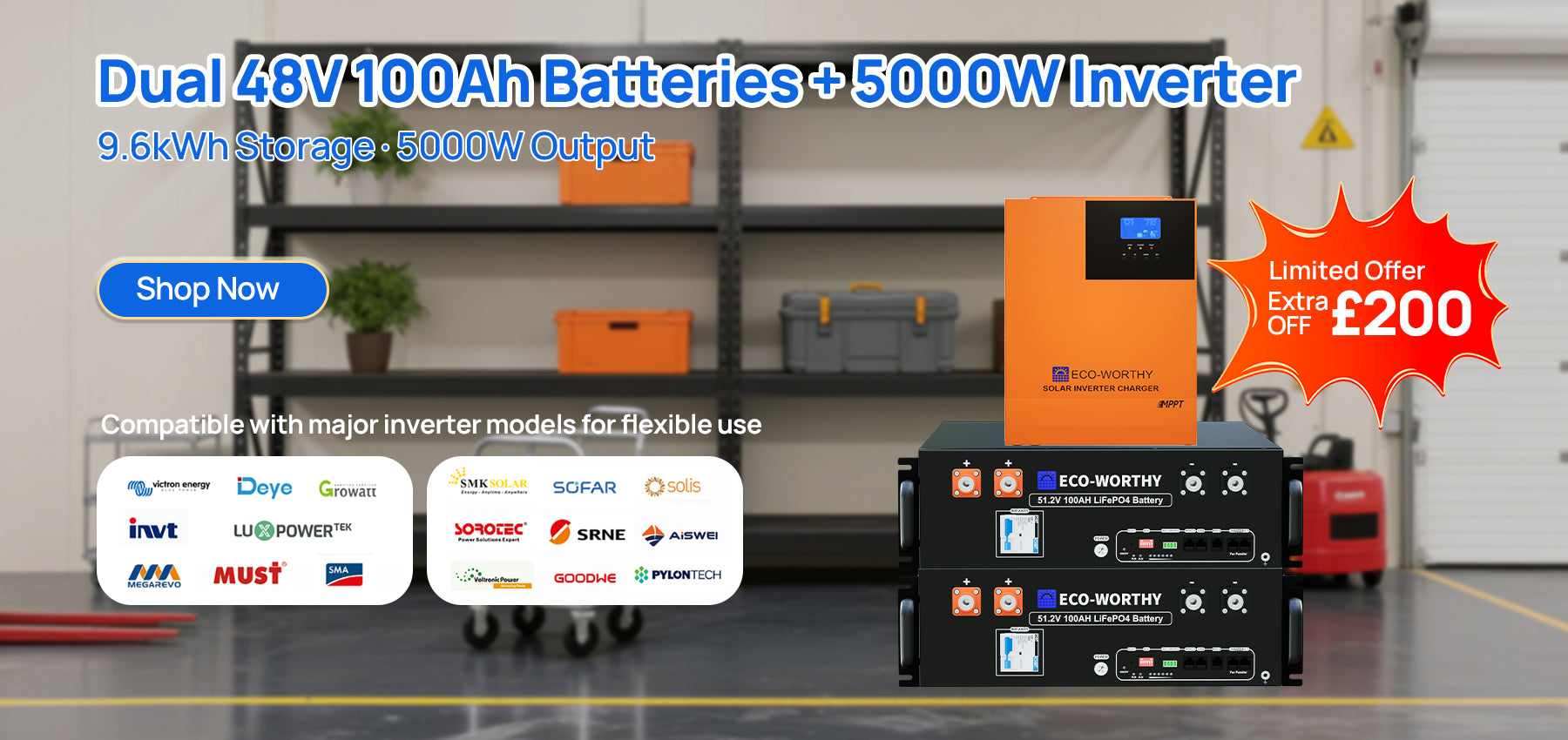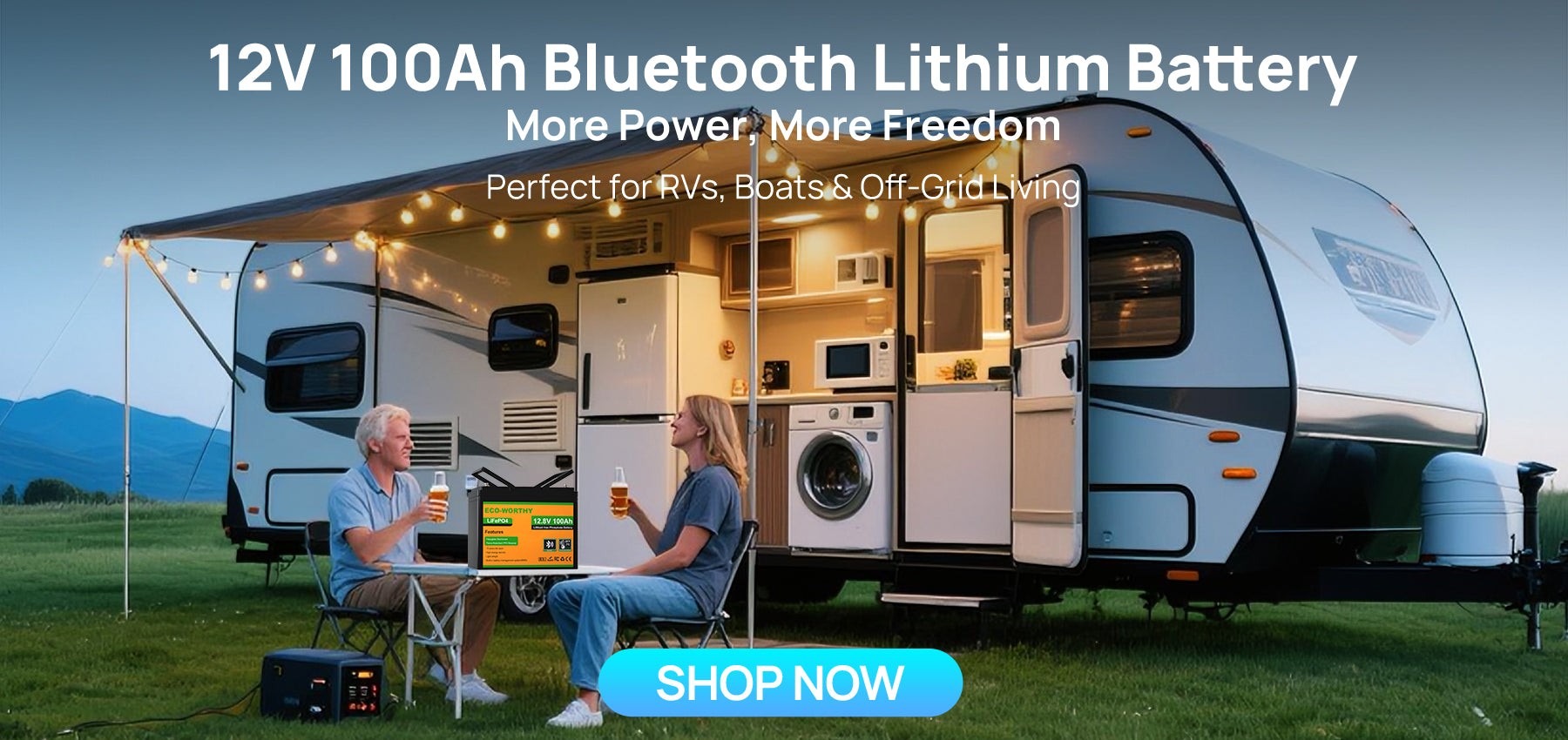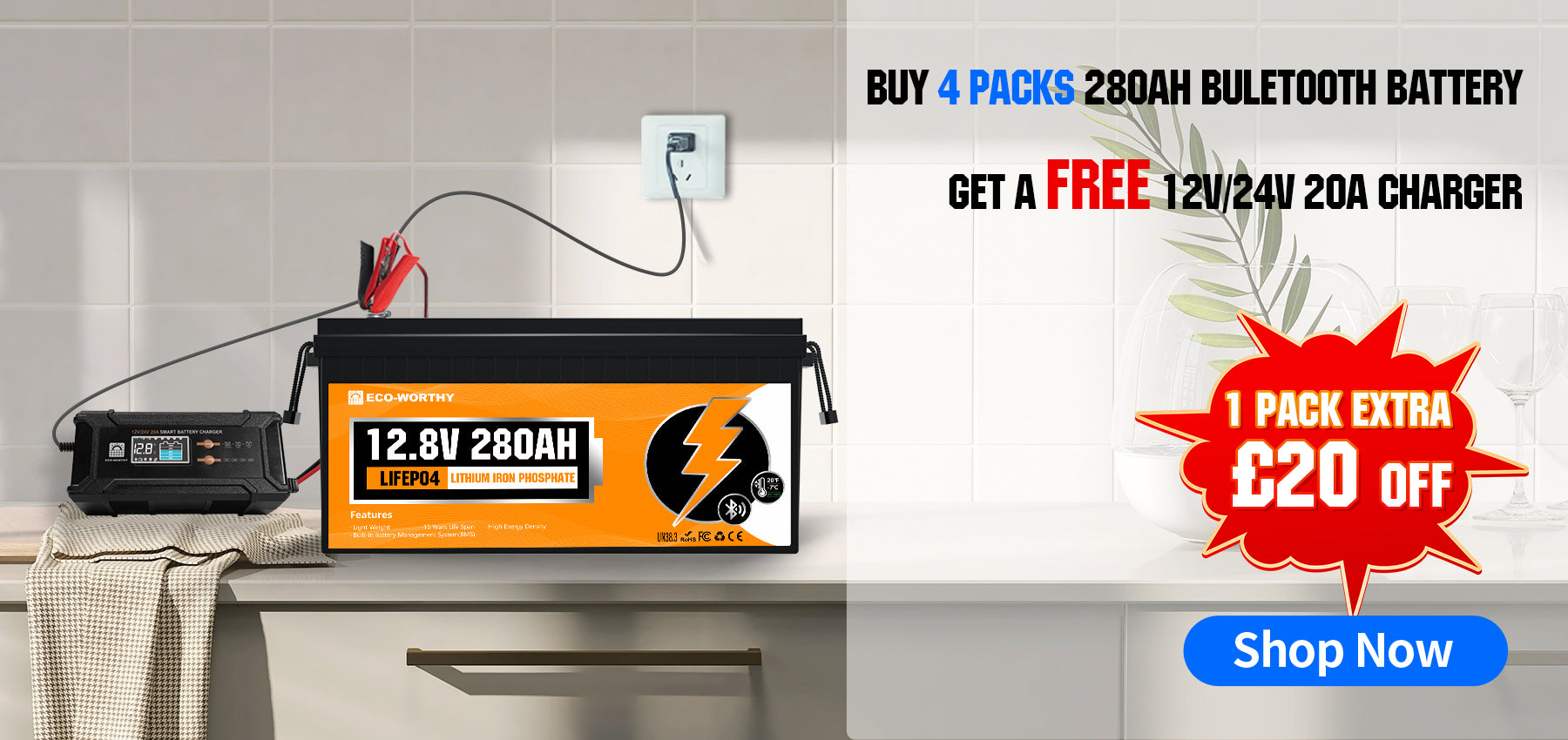There is no doubt that renewable energy will play an important role in the future. You can not only reduce the cost of your monthly bills but also become energy independent. A solar system is comprised of several different parts, and the solar controller is one of the least talked about, yet the most important one.
What is the solar controller?
Solar controller is an automatic control device used in the solar power generation system to control the multi-channel solar cell array to charge the battery and the battery to supply power to the solar inverter load. It regulates and controls the charging and discharging conditions of the battery, and controls the power output of the solar cell components and the battery to the load in accordance with the power demand of the load. It is the core control part of the entire photovoltaic power supply system.
The types of solar controller:
The popular solar controllers in the market mainly include ordinary solar controllers, PWM solar controllers and MPPT solar controllers.
Ordinary solar controller is difficult to fully charge the battery due to the internal resistance of the battery, and the solar panel It has not been fully utilized, and the charging conversion efficiency is only 70 to 76%, which has been eliminated by the market.
The PWM(Pulse Width Modulation) solar controller has improved a lot and can solve the problem that the battery is not fully charged. The charging conversion efficiency is 75-80%.
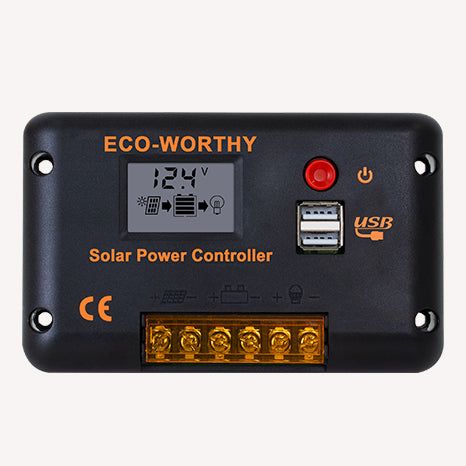
MPPT(Maximum Power Point Tracking) solar controller can detect the voltage and current of the solar panel in real time, and continuously track the maximum Power (P=U*I), so that the system always charges the battery with the maximum power. The MPPT tracking efficiency is 99%, and the power generation efficiency of the entire system is as high as 97%. It also has excellent management of the battery, which is divided into MPPT charging and constant Voltage equalization charging and constant voltage floating charging.

What is the difference between MPPT controller and PWM controller?
The crux of the difference is: With a PWM controller the current is drawn out of the panel at just above the battery voltage. Whereas with an MPPT controller the current is drawn out of the panel at the panel “maximum power voltage” (think of an MPPT controller as being a “smart DC-DC converter”).
What are the advantages and disadvantages of MPPT controller and PWM controller?
Here is a table for you to better understand.
|
|
MPPT Controller |
PWM Controller |
|
Array Voltage |
PV array voltage can be higher than battery voltage |
PV array & battery voltages should match |
|
Battery Voltgae |
Operates above battery voltage so it is can provide “boost” in cold temperatures and when the battery is low. |
Operates at battery voltage so it performs well in warm temperatures and when the battery is almost full |
|
System Size |
≈ 150W – 200W or higher to take advantage of MPPT benefits |
Typically recommended for use in smaller systems where MPPT benefits are minimal |
|
Off-Grid or Grid-Tie |
Enables the use of lower cost/grid-tie PV Modules helping bring down the overall PV system cost |
Must use off-grid PV modules typically with Vmp(Voltage at Maximum Power) ≈ 17 to 18 Volts for every 12V nominal battery voltage |
|
Arrary Sizing Method |
PV array sized in Watts (based on the Controller Max. Charging Current x Battery Voltage) |
PV array sized in Amps (based on current produced when PV array is operating at battery voltage) |
How do I choose a MPPT controller or PWM controller?
You can make a decision according to the advantages and disadvantages above. But if you are still not sure, here also suggestions for you:
Pick a PWM charge controller if you need it for:
- Small systems - like for your RV with AGM deep cycle batteries.
2) When efficiency is not a necessity, such as for trickle charging your boat battery.
3) For solar panels with a VMP of up to 18V that will charge a 12V battery.
4) To spend less money - PWM charge controllers are cheaper.
Go for an MPPT charger for:
- For larger systems, like your off-grid cabin where efficiency matters.
- In situations where the solar array has a higher voltage than the battery, for instance using your home's solar panel system to charge a 12V. An MPPT charge controller will charge this safely.
- MPPT charge controllers have the ability to monitor the state of charge and update their method based on situations, i.e., can add a boost of power when the battery is low.
Why does someone select the PWM controller for kits instead of MPPT one?
As we know, PWM solar charge controller is the most common, cost-efficient, and easily deployed charge controller solutions for small off-grid power systems.
- Well established – they have been in use for years
- More affordable
- Available for solar systems up to 60 Amps
- Durable
- Available in a variety of sizes for different applications
If you want to start with a small off-grid power applications that don’t need any other features and has no much budget, why don’t you choose PWM controller and use the price difference with MPPT controller to add more panels to your system?
E.g. A MPPT controller usually costs 50-70 more dollars than the PWM one, if you plan to build a 200w solar panel kit with 2*100w panels, you could pick a PWM controller, and use the 70 dollars price difference to purchase one more 100w panel, to make a 300w kit. The 100w more power definitely provides more electricity.
And not even mention that the price for replace the PWM controller is much cheaper than replace a MPPT one, well, faulty issue happens sometime.
In conclusion, when you decide to install a solar system, you should add a controller to it to manage your battery. A charging controller would do help to maintain your battery by not overcharging it, which can make sure that your battery remains viable for many years in some degree.
Please do some research before you are going to purchase a controller. All you need to do is to pick a high-quality brand, set it up and let it do its job.

